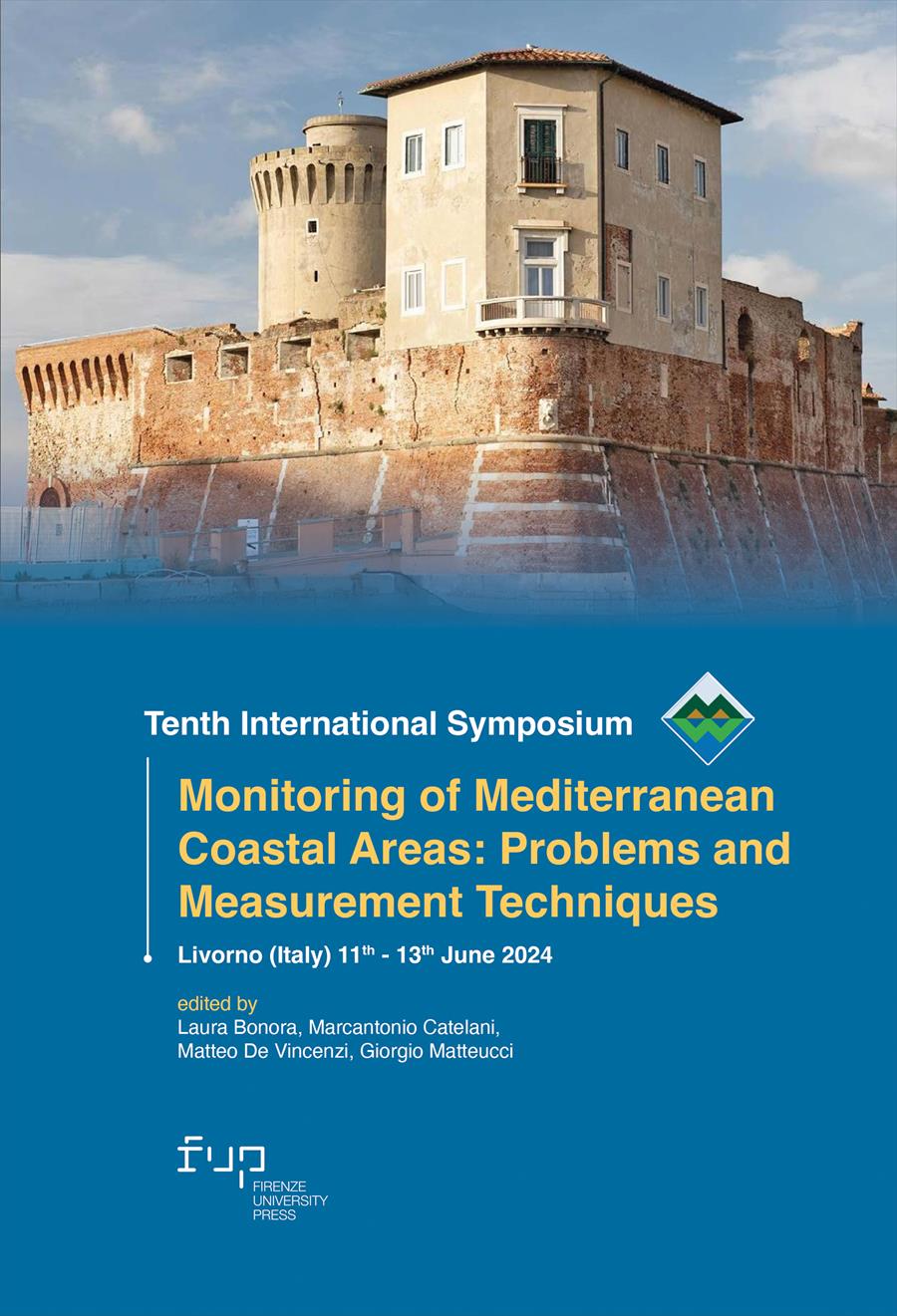- Tenth International Symposium "Monitoring of Mediterranean Coastal Areas: Problems and Measurement Techniques"
- Edited by Laura Bonora, Marcantonio Catelani, Matteo De Vincenzi, Giorgio Matteucci
The sea level rise of the next hundred years. The case study of Miami as a paradigmatic example for Mediterranean coasts
- Chiara Simoncini
- © 2024 Author(s) |
- CC BY-NC-SA 4.0
- DOI: 10.36253/979-12-215-0556-6.88
The climate crisis demands urgent measures to maintain and improve the sustainability of our cities. Miami-Dade County has experienced a significant sea level rise. Predictions indicate a potential rise of 1.5 to 2 meters by the end of the century, which would render much of southern Florida uninhabitable and force mass relocations. Miami-Dade has proposed a protection plan that includes elevating roads and relocating buildings away from coastal areas, while increasing residential density in less affluent neighborhoods further inland. This strategy, however, risks causing "climate gentrification," displacing low-income families and altering neighborhood demographics. The study's findings, based on IPCC and NOAA forecasts, are applicable to Mediterranean regions, which are increasingly affected by medicanes. The data can inform the design of coastal protection systems, emphasizing architecture's social role in creating spaces for inhabitants while preventing similar social displacement observed in Miami.
- Keywords:
- Medicanes,
- Flooding,
- Sea level rise,
- Climate Change,
University of Florence, Italy - ORCID: 0000-0001-7232-7916
- Carniel S. (2022), Il mare che sale. Adattarsi a un futuro sott’acqua, Edizioni Dedalo, Bari DOI: 10.5194/os-13-495-2017
- Comini G., Libralato M. (2022) Il cambiamento climatico. Il punto di vista fisico-tecnico, Libreria Universitaria Edizioni, Roma DOI: 10.13124/9788860461766_24
- Metropolitan Dade County Office of Community and Economic Development Historic Preservation Division, From Wilderness to Metropolis: The History and Architecture of Dade County (1825-1940), (1992), Metropolitan Dade County, Miami
- Vince G. (2023), Il secolo nomade, Come sopravvivere al disastro climatico, Bollati Boringhieri, Torino DOI: 10.5194/egusphere-egu24-21986
Chapter Information
Chapter Title
The sea level rise of the next hundred years. The case study of Miami as a paradigmatic example for Mediterranean coasts
Authors
Chiara Simoncini
Language
Italian
DOI
10.36253/979-12-215-0556-6.88
Peer Reviewed
Publication Year
2024
Copyright Information
© 2024 Author(s)
Content License
Metadata License
Bibliographic Information
Book Title
Tenth International Symposium "Monitoring of Mediterranean Coastal Areas: Problems and Measurement Techniques"
Book Subtitle
Livorno (Italy) 11th-13th June 2024
Editors
Laura Bonora, Marcantonio Catelani, Matteo De Vincenzi, Giorgio Matteucci
Peer Reviewed
Publication Year
2024
Copyright Information
© 2024 Author(s)
Content License
Metadata License
Publisher Name
Firenze University Press
DOI
10.36253/979-12-215-0556-6
eISBN (pdf)
979-12-215-0556-6
eISBN (xml)
979-12-215-0557-3
Series Title
Monitoring of Mediterranean Coastal Areas: Problems and Measurement Techniques
Series E-ISSN
2975-0288
